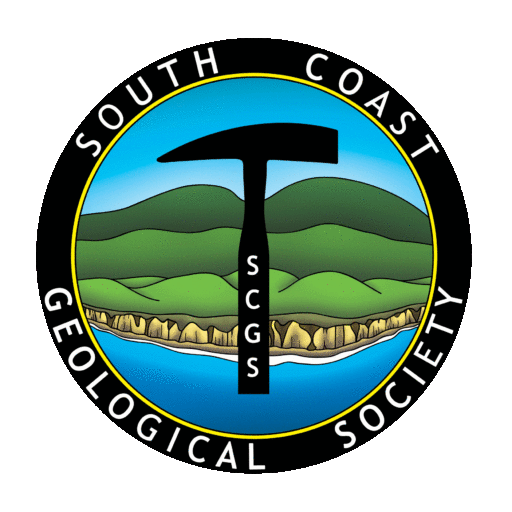Meetings
Introduction
South Coast Geological Society meetings are typically held on the first Monday of each month. Meeting announcements are sent to email subscribers via Eventbrite approximately two weeks in advance. Non-members are welcomed to attend as well.
Our meetings typically begin with social hour, followed by a catered dinner. Brief organizational announcements are then followed by a one-hour featured lecture.
Meetings provide a great networking opportunity and many lecture topics are relevant to the geotechnical and environmental industries in southern California and beyond. Students and early-career professionals are highly encouraged to attend.
Fees (2024)
Meeting fees include meal
Members: $50
Non-Members: $55
Students: $20
Call for Presenters
SCGS is always looking for researchers, graduate students, and local professionals to present ~one hour lectures at our monthly meetings. If you have a topic related to the study or profession of geology of southern California and would like to present, please email scgs.mgmt@gmail.com.
SCGS Calendar
[CALENDAR]
